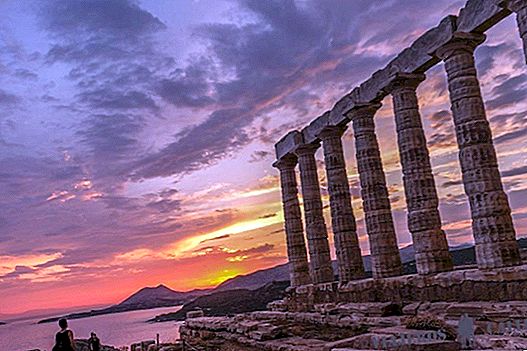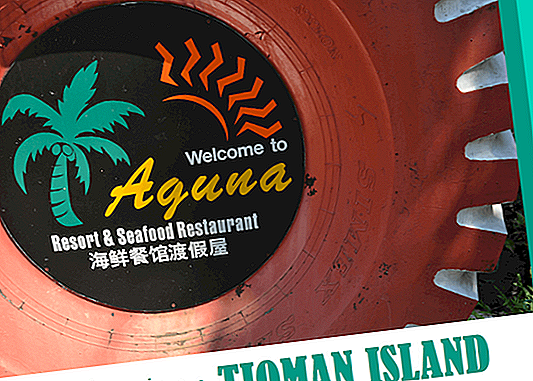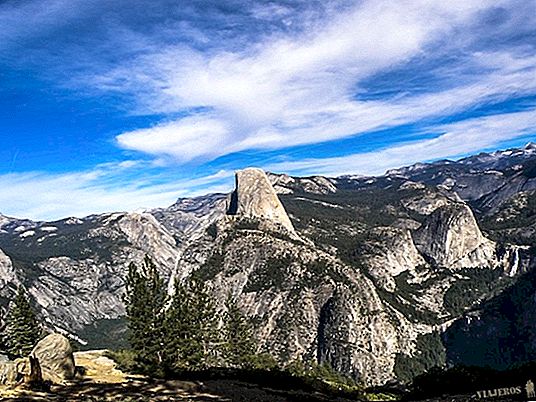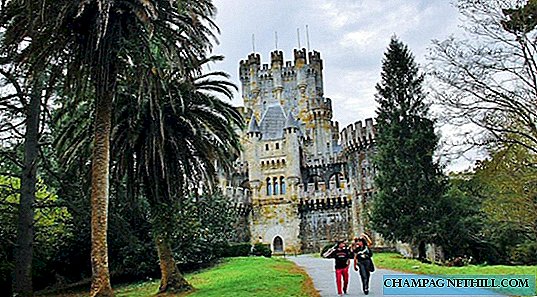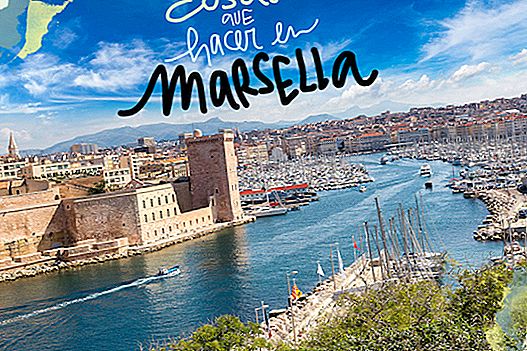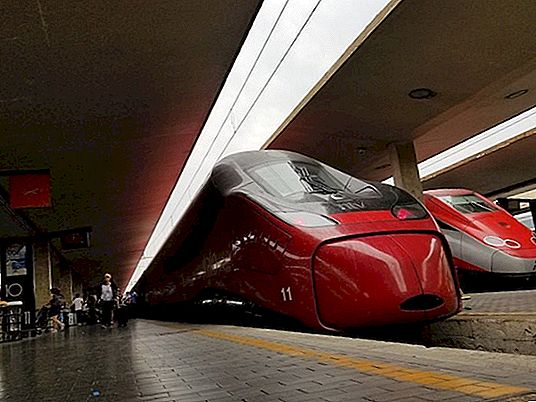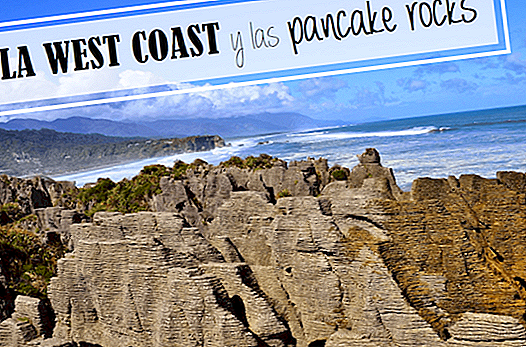
From Westport We leave early to set course for one of the must of the South Island: Pancake rocks! Although before arriving we would stop at some impressive points of the wild West Coast of the South Island of New Zealand.
First, instead of taking the main road from Westport, we take the one that runs along the coast and enters the Cape foulwind. Over there we follow the signs to a seal colony, it would be our first experience with these whiskers and stinky friends! We park in the parking lot of Tauranga Bay and we walked to a viewpoint, and under it we had them there, lying down and relaxing in the spring sun.



But it was not the only animal we met that morning, after parking and preparing to have breakfast in one of the most magical places where we have had a picnic in our life, we see a bird feote, a mix between a kiwi and a dinosaur! It turned out to be the mother of a family of wekas, an endemic species of New Zealand, who approached us to ask us for some pieces of bread, which later led him to his offspring. A whole madrasa!


Before arriving at the Pancake Rocks, the West coast He offered us some spectacular views. The road that runs through this part of the country is a real joy, with the right music and company you feel the freest and happiest man on the planet! On the way they pass through some viewpoints from where to take some magnificent instants of the west coast, from the wild West Coast.



And so we arrive at Pancake rocks, a wonder of nature. The Tasmanian sea force has been shaping these rocks for thousands of years. The form of pancakes that gives the name has its explanation in the alternation of hard sediments (marine animals) and soft sediments (plants), so that the latter suffer more erosion and sink into the rock. Spectacular!


Sea currents also keep us a surprise. With the arrival of the waves, the water makes a journey between the recesses of the rocks to pass between a natural cave and expelled towards the sky, a full-blown sea geyser or blow hole!

We would continue along the coast road until Greymouth, where we would take the detour to cross the country from west to east. But there we would stop to recover energy in a KFC. And there we saw a very curious guy riding a very curious motorcycle. We do not know if he was following us or what, but he passed our thousand times and in the end we had to take a picture, of course!

The road led us to Reefton, in fact it is a crossing as taken from the 60s, and there we went to the interior mountain range, to cross beautiful landscapes and end up doing night in the Deer Valley Campsite.


Useful information
:: Where to sleep in X?
Westport: a parking lot behind the i-Site. We were the only ones and at midnight a group of locals came to make a bottle, although they didn't bother us too much. There are some construction bathrooms open 24 hours.
Deer Valley Campsite: in the middle of nature, next to a river. When we went we found a rather bleak place, but objectively not bad. It has nonflush bathrooms and the setting is beautiful.
:: Cape Foulwind
There are two car parks, one at each end of the cape, from where some walks are born to make the tour in an hour. We opted for the one that is closest to the seal colonies, the Tauranga Bay Carpark, but there is also the one at the other end, the Cabe Foulwind Carpark, next to the lighthouse. We did not do the walk but I think it may be worth it because when we were about to leave a bus arrived from grandmothers who were preparing to do the tour.
:: Pancake Rocks
It is worth a visit, although for this you have to divert your route a few kilometers. Admission is free. The visit is made in a circular path carved on the stones themselves in a little while. They told us that near here there is a very cool wild beach, you can go to the i-Site in the parking lot and ask there.
:: This is the map of our tour


